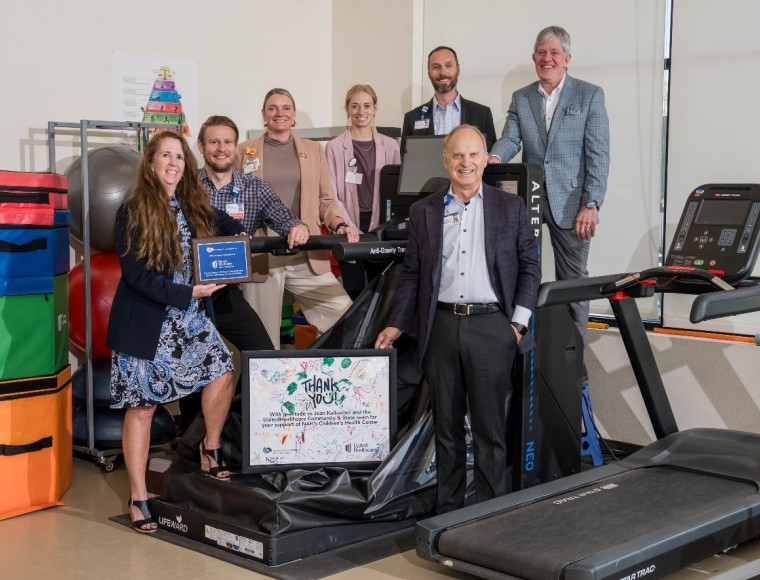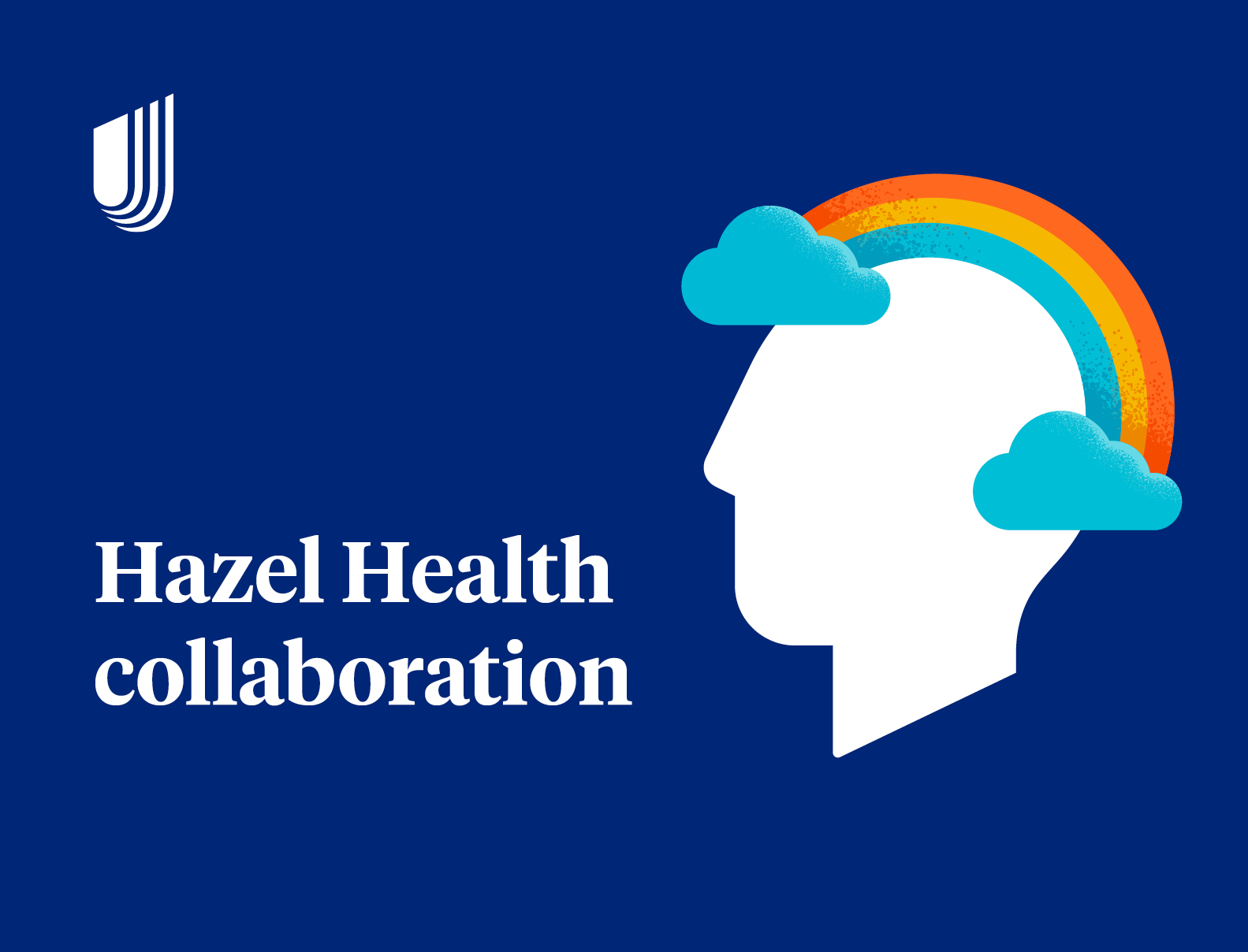Pregnant individuals in the United States experience adverse maternal and birth outcomes at higher rates than in most other developed nations. The 12 weeks following birth, referred to as the fourth trimester, are a particularly vulnerable time, with 52% of pregnancy-related deaths occurring postpartum.1
The fourth trimester is a critical transition time when sleep, feeding and bonding times are established. The American College of Obstetricians and Gynecologists recommends that postpartum care begin within three weeks of delivery and should be an ongoing process. Visits should include a full assessment of physical, social, and psychological well-being, including emotional well-being, infant care and feeding, sleep and fatigue, sex and family planning, physical recovery from birth, chronic disease management, and health maintenance.2 Data suggests that 40% of postpartum individuals do not attend the postpartum visit,3 so innovative strategies are needed to ensure adequate follow-up.
Integrated care for postpartum visits
Cherokee Health Systems in Tennessee is one Federally Qualified Health Center (FQHC) working to improve maternal health outcomes through its NURTURE model of care. NURTURE integrates OB/GYN, pediatric and behavioral health care for a new parent and baby during and after pregnancy, making sure the dyad is supported during each transition. Dr. Sarah Beth Eriksen, a pediatrician and board-certified lactation consultant, led the development of NURTURE. She uses her unique training in lactation to help families throughout the perinatal journey, from pregnancy to birth to the fourth trimester.
In the NURTURE model, behavioral health care is part of every new prenatal appointment. Specialists offer education about healthy habits during pregnancy, assess patients for a history of mental health illness and discuss risk factors for substance abuse. They ask partners of pregnant individuals how they are doing and if they have any health concerns. This care continues postpartum.
Research by the Centers for Disease Control and Prevention shows about 1 in 8 pregnant individuals with a recent live birth experience symptom of postpartum depression.4 At Cherokee Health Systems, screening for depression and anxiety or review of previous screenings, education on stress management and self-care, and guidance to address sleep or feeding concerns are regular parts of postpartum visits. Because lactation services at hospitals and clinics are limited, all behavioral care specialists in the NURTURE model of care are trained in basic lactation so they can help new mothers who are stressed because of feeding issues.
Providing critical support for lactation
After-delivery hospital stays now average 24 to 48 hours5, which is a short period of time for providers to impart the knowledge and skills needed to assist with common lactation concerns. Although 80% of families leave the hospital with the intention to do some breastfeeding, and 60% leave the hospital exclusively breastfeeding, the numbers drop significantly at three and six months of age.6 Professional support is a key factor that influences breastfeeding exclusivity and duration, but research indicates that many physicians do not feel prepared to serve in this capacity.7
Dr. Eriksen sees many patients at the clinic who want to breastfeed but didn’t get the information and support they needed before or after delivery. “A mother may be several days postpartum, her milk’s coming in, but she doesn’t know what to do and doesn’t have an appointment to see her OB/GYN for six weeks,” Dr. Eriksen said. “This can pose a lot of problems. We’re aiming to give them the information they need to sustain breastfeeding and ease stress until they can get in to see us.”
Dr. Eriksen and the staff at Cherokee Health Systems believe breastfeeding is about more than feeding a baby. Breastmilk offers babies complete nutrition and important antibodies. It also compensates for the delay in immune function in infants. Breastfeeding has a positive impact on maternal health, reducing the risk for depression, hypertension, stroke, and breast and ovarian cancer.8 And the act of breastfeeding creates an important bond. “Mother and baby are very much joined together, still, in this fourth trimester,” she explained. “The bonding that occurs between a mother and baby creates confidence that she can nurture the life of her child in a way no one else can. My hope is that every one of our families will be empowered to create a nurturing relationship with their child.”
Addressing maternal and infant health disparities
Racial disparities in maternal and infant health in the United States continue to persist despite advancements in medical care.9 In 2021, the maternal mortality rate for individuals who are Black was 2.6 times the rate for individuals who are white.10
The mortality rate for infants who are Black is 2.4 times the rate for infants who are white. Individuals who are Black were twice as likely to receive late or no prenatal care as compared with those who are white.11
Disparities also exist in breastfeeding initiation. While initiation rates vary geographically, large racial and ethnic disparities exist both nationally and at state levels. In Tennessee, nearly 80% of postpartum individuals initiate breastfeeding but this is not distributed equally among all residents. A 25% gap exists between racial and ethnic groups.12 To reverse these trends, the NURTURE model of care centers the dyad, taking into consideration how society and history influence the way health care is delivered and how it’s received by their patients.
The care provided includes health education that patients may not receive in other health care settings. Providers discuss how to prepare birth plans that are culturally appropriate, inform them of patient rights, and talk through strategies to navigate the stress of this life transition. During both prenatal and postnatal appointments, providers assess any barriers to support that parents are experiencing. For example, instead of scheduling separate visits for the postpartum individual and baby, parents and babies are both seen within the same visit, so patients only need to arrange transportation or miss work once.
“My work is informed by big public health initiatives that have had huge impacts on morbidity and mortality in the perinatal period,” Dr. Eriksen said. “We don’t need complicated solutions. We can figure out simple things to address some of these disparities.”
Respectful maternity care throughout the journey
The NURTURE model of care is an example of innovative practices that managed care can support, particularly during the transition phase of the fourth trimester, in critical spaces like FQHCs.
“By coming alongside mothers and their partners, we’re assigning value to them,” Dr. Eriksen said. “This gives them the confidence to be a parent engaged in a very special relationship with their child. It remains to be seen what the long-term fruit of these efforts will be, but I think it’s going to be tremendous.”
Sources
- https://www.commonwealthfund.org/publications/issue-briefs/2020/nov/maternal-mortality-maternity-care-us-compared-10-countries#:~:text=52%20percent%20occur%20after%20delivery,one%20and%20six%20days%20postpartum
- https://www.acog.org/clinical/clinical-guidance/committee-opinion/articles/2018/05/optimizing-postpartum-care
- https://www.acog.org/clinical/clinical-guidance/committee-opinion/articles/2018/05/optimizing-postpartum-care
- https://www.cdc.gov/reproductivehealth/depression/index.htm
- https://www.ncbi.nlm.nih.gov/pmc/articles/PMC3336902/
- https://www.cdc.gov/breastfeeding/data/nis_data/results.html
- https://www.cdc.gov/breastfeeding/resources/physician-education-and-training.html
- https://www.cdc.gov/breastfeeding/about-breastfeeding/why-it-matters.html
- https://www.kff.org/racial-equity-and-health-policy/issue-brief/racial-disparities-in-maternal-and-infant-health-current-status-and-efforts-to-address-them/
- https://www.cdc.gov/nchs/data/hestat/maternal-mortality/2021/maternal-mortality-rates-2021.htm
- https://minorityhealth.hhs.gov/omh/browse.aspx?lvl=4&lvlid=23
- https://www.cdc.gov/mmwr/volumes/70/wr/mm7021a1.htm#F1_down











